Let's talk about varroa mite
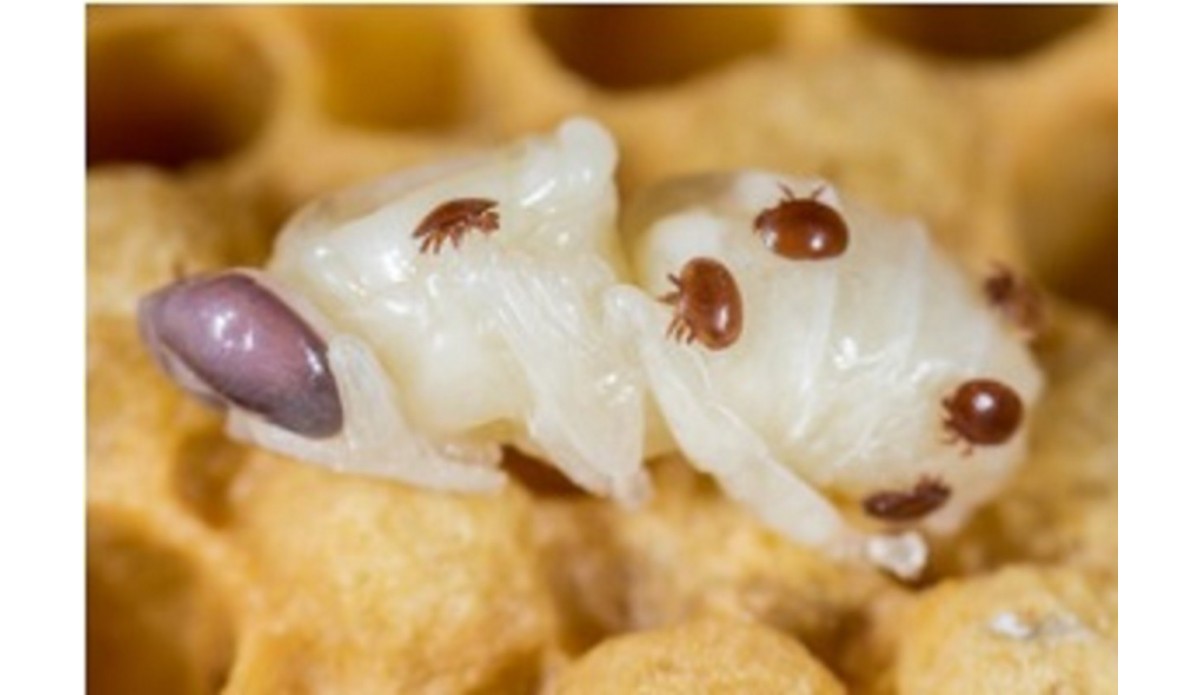
Varroa is a type of parasite - mite that attacks bees. Varroa can affect both adult and young bees and is a very serious problem.
The varroa mite is considered a very harmful pest that affects bees and transmit serious diseases. The damage caused by this parasitic mite causes damage that results in large economic losses for the beekeeping sector (and, in fact, also affects many other sectors, since it must be remembered that bees make a very important pollinator function for the agricultural sector, on which many other sectors and families depend). It would be very interesting if you could quantify how many millions of euros of losses the varroa causes to the beekeeping sector.
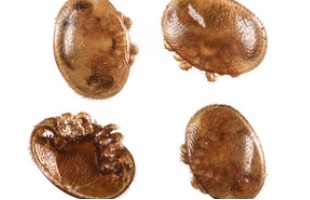
Some of the diseases transmitted by varroa (varroa destructor) to bees cause the wings to be deformed on the larvae, and cause them to deformity or death. The varroa mite sticks to the body of the bees and sucks the fluid from their circulatory system (the hemolymph sucks them). Although it can be considered that separately the varroa mite and the virus that causes the deformation of the wings are not fatal by themselves, if they are combined they can cause great risks to the hives.
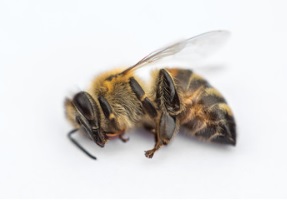
Currently, bee breeders are making great efforts to develop bees that have hygiene habits that eliminates varroa mites during the breeding process and prevents the reproduction and spread of varroa-associated diseases. Beekeepers also have weapons at their disposal to fight varroa. It is important to highlight the use of acaricides, but it is essential that good use be made of them, especially in terms of maximum levels allowed since these acaricidal products can remain as waste in the products produced in the hive (honey, propolis , wax...). We must also be responsible for the proper use of acaricidal products to prevent varroa from creating resistance to such acaricidal products.
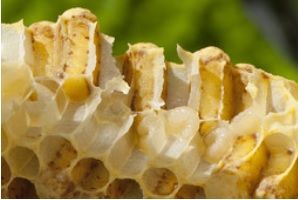
In addition, beekeepers will also have to keep in mind that the varroa mite parasite adapts to each climate and region and, therefore, different strategies will have to be used to attack the varroa. One of the best practices for beekeepers is to carry out periodic checks to check the presence of the varroa mite and thus be able to act accordingly with the most appropriate treatments according to the specific situation.
It is also highly recommended to monitor the amount of bees that hives have throughout the different seasons of the year, to know which treatment will be the most advisable to apply. Finally, when choosing treatments for varroa, it is essential to keep in mind that any treatment must comply with the veterinary requirements that comply with the law in force in each country.
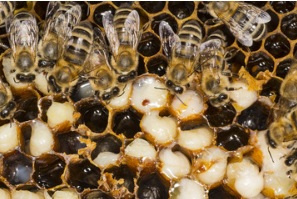
Greetings to all beekeepers who every day and with great effort carry out their beekeeping activity!
Mundoabejas.com team







Comments
No comment at this time!
Leave your comment